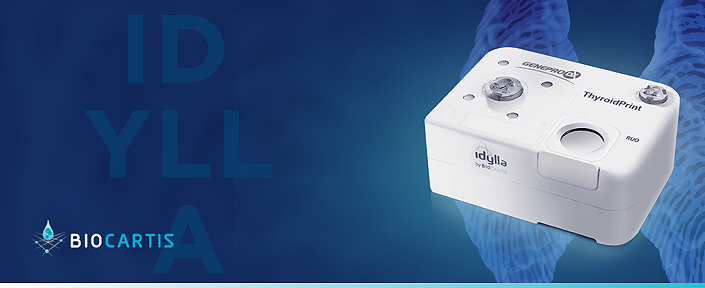Just launched! Invivoscribe’s FLT3 ITD MRD Assay (RUO)* for Acute Myeloid Leukemia (AML)
The FLT3 ITD MRD Assay is a targeted, deep-sequencing assay to identify internal tandem duplications (ITD), the most common mutation of the FLT3 gene1. Unlike flow cytometry assays which require fresh samples and are highly subjective, this assay is designed for use with previously isolated DNA for scalable sample batching and automated Linux-based software, circumventing the need for costly in-house bioinformatics expertise.
This comprehensive assay enables multiplexing of up to 21 subjects. Generating an objective result at a sensitivity level of 5×10-5, the FLT3 ITD MRD assay enables the use of measurable residual disease (MRD) as a reliable biomarker in longitudinal studies of AML.
Key Benefits
- In-house MRD testing for faster, cost-effective results
- Streamlined workflow reduces errors and TAT
- Scalable for low and high-throughput labs
- Software can integrate with LIMs to automate a pipeline
- A diagnostic sample is not required
*Research Use Only. Not intended for diagnostic purposes.
Find out more about FLT3 ITD MRD Assay
Invivoscribe Product Overview
THESE PRODUCTS ARE NOT AVAILABLE FOR PURCHASE BY THE GENERAL PUBLIC.








